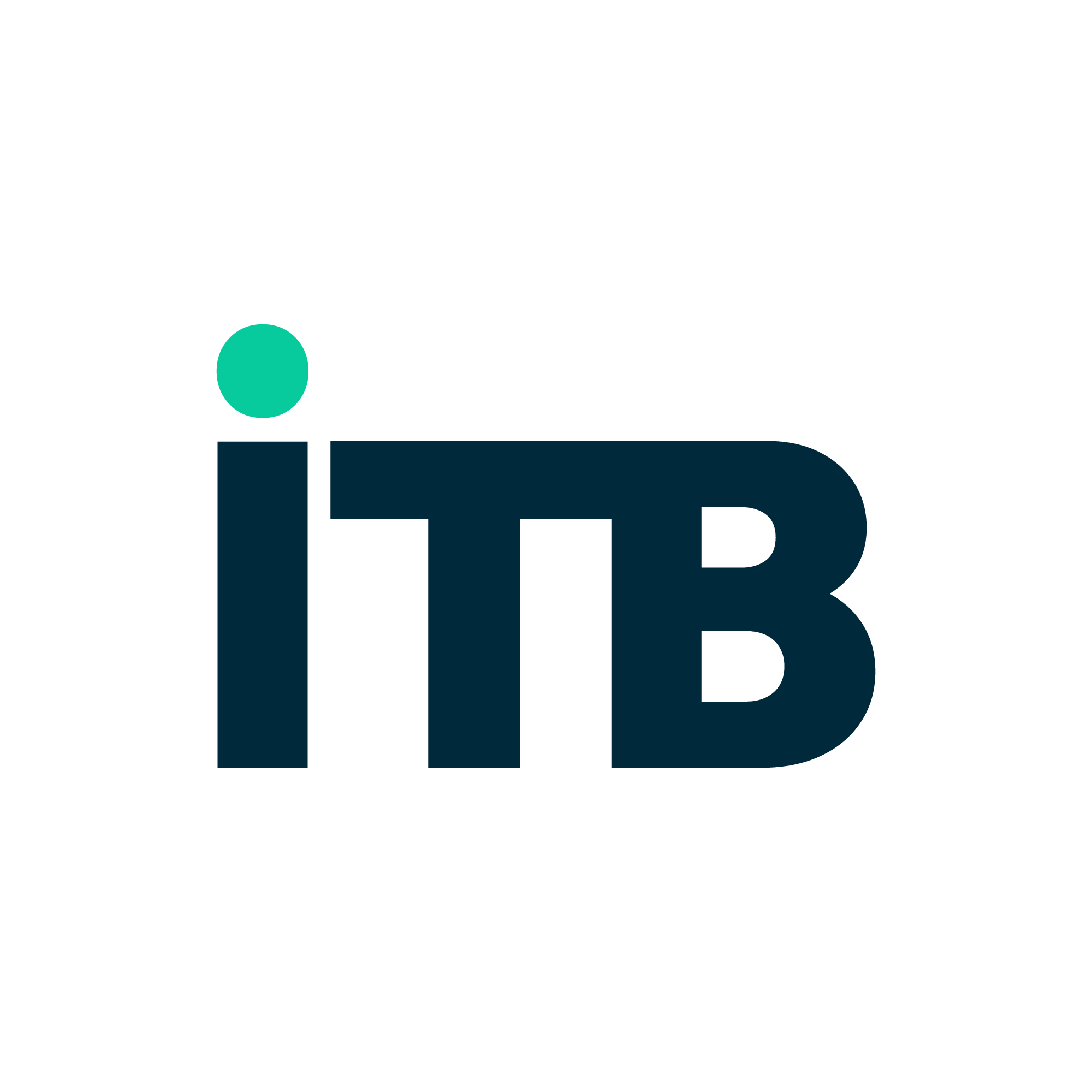In today’s fast-paced digital world, IT networks are under more pressure than ever before. Businesses demand faster speeds, greater flexibility, stronger security, and the ability to scale instantly. Traditional networks — once the reliable backbone of corporate infrastructure — are struggling to keep up. This has led to the rise of Software-Defined Networking (SDN) and other software-driven solutions that are reshaping how modern networks operate.
Let’s take a closer look at how IT networks have evolved from rigid, hardware-centric systems to dynamic, software-defined ecosystems, and what this shift means for the future of business technology.
Traditional Networks: A Solid Foundation, But Limited Flexibility
For decades, traditional networks formed the core of IT infrastructure. Built around dedicated hardware — routers, switches, firewalls — these networks were physical, manual, and static.
Hardware-Dependent: Each device had a specific role. Expanding or reconfiguring a network meant purchasing, installing, and manually configuring new equipment.
Manual Management: Network changes (adding new users, adjusting traffic flow, deploying new applications) required hands-on intervention by IT teams.
Limited Agility: Scaling up or responding to new business needs could take days or even weeks.
While traditional networks provided stability and security, they lacked the agility required in today’s fast-moving digital environments.
The Digital Era Demands More
Several factors have exposed the limitations of traditional networking:
Cloud Adoption: Businesses are shifting to hybrid and multi-cloud environments, needing networks that are fluid and adaptable.
Remote Work: The rise of distributed teams requires flexible and secure connectivity beyond physical office spaces.
IoT Explosion: An increasing number of connected devices are demanding more bandwidth and smarter traffic management.
Cybersecurity Threats: Threats are more dynamic, requiring networks that can detect, respond, and adapt in real time.
The result? Businesses need networks that are programmable, scalable, and intelligent — qualities that traditional architectures struggle to deliver.
Enter Software-Defined Networking (SDN)
Software-Defined Networking represents a fundamental shift in how networks are designed, deployed, and managed.
At its core, SDN decouples the network control plane from the data plane. Instead of relying on manual configurations for each device, a central software controller manages the entire network dynamically.
Key Features of Software-Defined Solutions:
Centralized Control: Administrators manage the network through a centralized dashboard, enabling real-time changes across the entire infrastructure.
Programmability: Networks can be programmatically configured using APIs, allowing for automation and faster deployments.
Dynamic Scalability: Resources can be allocated and reallocated instantly based on traffic patterns, application demands, or business needs.
Enhanced Security: With a global view of the network, SDN controllers can identify anomalies quickly and enforce security policies dynamically.
Cloud Integration: SDN integrates seamlessly with cloud services, enabling hybrid and multi-cloud strategies.
In short, SDN brings the flexibility, visibility, and automation that modern enterprises require.
Beyond SDN: The Rise of Software-Defined Everything (SDx)
The success of SDN has inspired a broader movement toward Software-Defined Everything (SDx), where software abstracts and manages not only networking, but also storage, data centers, and security.
Key related innovations include:
Software-Defined Wide Area Networks (SD-WAN): Optimizes WAN connections for cloud applications, improving performance and reducing costs.
Software-Defined Data Centers (SDDCs): Fully virtualized data centers where storage, compute, and networking are all managed by software.
Network Function Virtualization (NFV): Replaces traditional network appliances (like firewalls and load balancers) with software-based solutions.
These advancements push businesses closer to the dream of fully agile, automated, and intelligent IT infrastructures.



Benefits of Moving to Software-Defined Solutions
The shift from traditional to software-defined networks brings a range of significant advantages:
Agility: Networks can adjust to business needs in minutes, not months.
Cost Efficiency: Reduces reliance on expensive proprietary hardware by using commodity hardware with smarter software.
Enhanced Security: Faster detection and mitigation of security threats through centralized management and dynamic policy enforcement.
Better Performance: Traffic is optimized based on application needs, improving user experience across locations.
Future-Proofing: Software-defined solutions are built for innovation, making it easier to adopt emerging technologies like 5G, edge computing, and AI.
Challenges to Address
Despite the clear benefits, transitioning to software-defined networks isn’t without hurdles:
Skills Gap: IT teams must learn new architectures, tools, and programming skills.
Cultural Resistance: Moving from hardware-centric to software-centric mindsets requires organizational change.
Integration Complexities: Integrating SDN with existing legacy systems can be complicated and requires careful planning.
However, organizations that invest in training, strategic planning, and the right partners can navigate these challenges successfully.
The evolution from traditional to software-defined networking marks a profound shift in the IT landscape.
Software-defined solutions deliver the flexibility, intelligence, and control that modern businesses need to stay competitive in a cloud-first, always-connected world. The future of IT networking isn’t about plugging in boxes — it’s about programming and orchestrating the network as a living, evolving platform.
Businesses that embrace this transformation today will have the agility to innovate faster, respond smarter, and scale stronger tomorrow.



